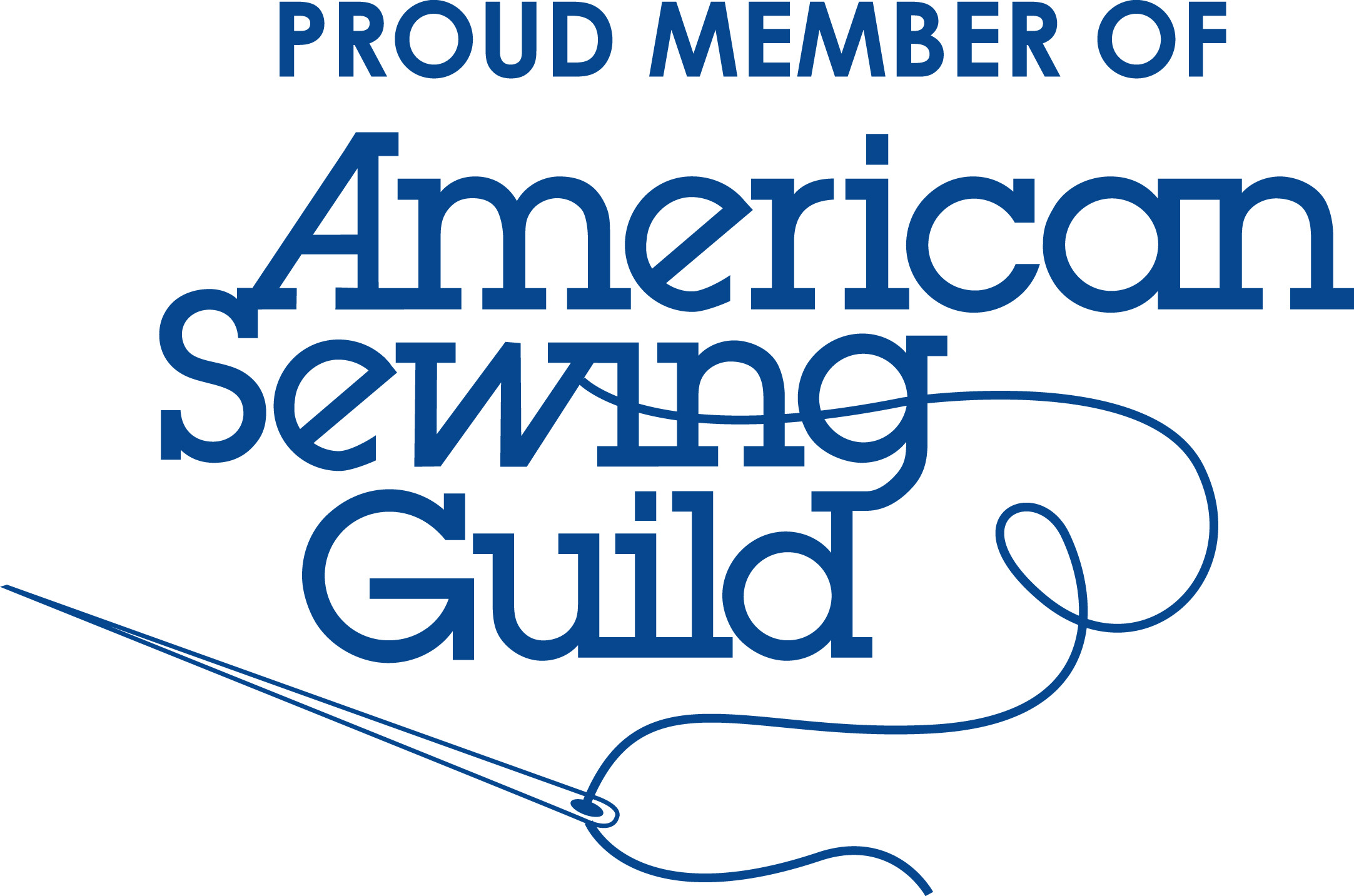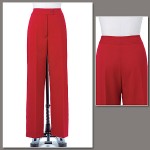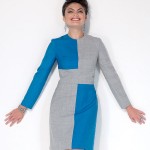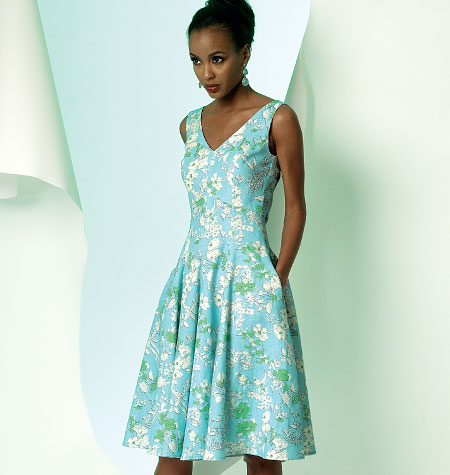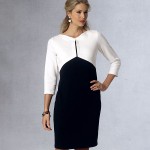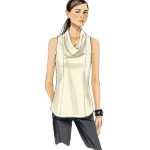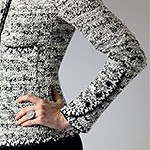"Fashion is not something that exists in dresses only. Fashion is in the sky, in the street;
Fashion has to do with ideas, the way we live, what is happening." - Coco Chanel"
Making Pants is Rocket Science Part 2
Here I am, back with Part 2 of the pants saga… Making Pants is Rocket Science. All the alphas and zooloos lined up and finally my friend and I were able to get together and do a pants fitting. Guess what?!! I was so close! I would have taken pictures but I forgot and wore hot pink undies that proudly glowed through the muslin and so I really didn’t want to post pictures of this on-line! I don’t even want to think about what kind of spam I would get! The good news — I have taken pictures of the pants muslin with all the thread tracings and adjustments so that I can share and explain.
Just to briefly up-date, the pants pattern I have been using is Vogue 7881.
It is from the Claire Shaeffer’s Custom Couture Collection. These pants are straight-legged with a contour yoke waistband. They can be made as dart-less (option A) or with darts (option B). I followed the couture techniques and construction given for the dart-less option A pants.
As you can see from the picture below, my muslin still requires some adjustment on the front. The front crotch length is about 3/4″ of an inch too long (this was easy to see when doing my fitting). We pinned darts of 3/8″ inches, starting from the edges of where the zipper will be placed and easing to nothing at the side seams. The same measurement of these darts I will transfer to the front pattern piece and so the fact that the pinned in darts on my pants muslin are not meeting equally at the center is nothing worrisome. I also need to remove 1″ inch from the waist because we pinned 1/2″ out on each side through 1/4″ inch pinches.
The back of the pants fit almost perfectly and this is why. In all my failed attempts I had always thought that the reason for the bagginess or pooling of fabric under my butt cheeks was from too much back crotch length (the measurement from the top of the waist to where the back crotch seam meets with the front crotch seam). Well, I was wrong. My problem was not back crotch length, rather the “pitch” of the seat.
The question now arises… pitch? what’s a pitch? Yep, I asked the same question. I had never heard that term before either and whether it was a creation of my friend’s that she used in her explanation to me, or an actual pattern drafting term, it didn’t matter because it was that magic word that helped me to make sense of what was happening to the back of pants when a dart is added into the back center seam curve of a pattern tissue for the fitting adjustment that fixes under the cheek fabric bagginess!
I was so excited about this new discovery that I ran home, re-worked my pants pattern back piece and then wrote my Making Pants is Rocket Science – Part 1. After the fact, I learned in my next couple of get-togethers with my sewing friend that while my method for creating a dart to alter the pitch was correct, there is a cleaner and more efficient way of carrying it out which I will once again be eager to share, only this time I ‘m applying the method to the front pattern piece.
Oh, and though not something to climb a mountain and shout about… well maybe I would because goofing off is in my nature, I also learned that the back center seam curve is usually shaped like a J but mine looks more like an L!
For a quick review, below is the picture from my Making Pants is Rocket Science Post. I made an upwards fold in the pattern piece which in essence is a dart, then trued up the curve and added the lost 1 inch length to the top of the waist.
Now, for the more efficient way to shorten the crotch length in the front or back of a pants pattern piece.
I should first explain that when reducing crotch length, whether in front or back, this adjustment is done thru a dart made in the pattern tissue or muslin, in which the larger side of the dart starts at the center since this is where the fabric that shapes around the roundness of our bodies is too excessive. The dart will then ease to nothing at the side seams. When I adjusted my back pattern piece, I used a dart but I didn’t want to change the crotch length, rather the “pitch” of the curve so the amount I removed in that dart I added back to the top of the waist. My front pattern piece however, has too long of a crotch length so in my steps below, I will create a dart to shorten it and not add anything back to the top of the waist.
1. Determine where the fitting dart should be located. In a fitting of a muslin, where the pinching and pinning out of the excess fabric happens, somewhere between the waist but above the crotch, this amount and location is where the dart should be drawn on the pattern piece.
2. On the pattern piece (my front is shown in the picture) draw a line from edge to edge where the dart is needed. I drew mine just below the red colored hip line in the picture below.
3. Make a mark below the line just drawn, at the center front, the measured amount that needs to be removed. (I needed to remove 3/4″ of an inch in the crotch length so the blue mark in the picture is 3/4″ of an inch down from the center line)
4. Begin cutting from the edge of the front center seam of the pattern tissue, continuing along the drawn line towards the side seam, but stop just a smidge from the seam allowance. (In the picture below, the seam allowance is the dashed line in red on the left side)
5. Next clip on this same line from the edge of the side seam of the tissue towards the seam allowance but not cutting through. There should be just a snag of tissue between these two cuts that are going to be a hinge for pivoting.
6. Now pivot the cut line section downward to match the line that is not cut. There will be a small gap at the side seam (slightly less than what you see in the picture for step 5) but don’t worry, it’s okay.
7. The center front now needs to be trued up along the edge so tape a piece of paper to the underneath near the area and re-draw the front curve. (The edge is just on the inside of the plastic curve ruler. I am merely adding back in a little section.
*Note: My above instructions are if the crotch length is too long, but if the crotch length is too short, this same method can still be applied, only rather than layering the top and bottom parts of the pattern using the hinge, the two sides will be separated or spread apart to the amount that needs to be added and additional paper is used to fill in the space.
Okay… so maybe I should next talk about making my muslin. Yes, I thread traced all the lines Ms. Shaeffer recommended… EXCEPT the seam lines. I was eager to do things right but not quite that eager! Each fabric piece has to be thread traced separately so first cut the pieces out of the fabric and then lay the tissue on each piece, and sew running stitches by inserting the needle in and out from the same point along the markings. By using the same point for access and exit, the pattern paper will lift up easily from the fabric with maybe a little snag here and there. I traced the crotch line, hip line, knee line, the crease in front and the grain line in back, all the zipper markings and start and stop points for the gathered darts. See picture below.
This is how one leg (front and back) of my pants muslin pieces looked when I finished. There is baggy bumpiness at the waist area of each because this is where I stitched gathering threads in the fabric between markings. Remember… dart-less pants! Already a little nervous about this part of the construction.
My dart gatherings before the gathering!
And after.
Okay… phase 2 of the engineering of my pants is complete. Now I’m ready for phase 3, the construction of my actual pants! It was my hope to refute the thought that Making Pants was Rocket Science and that is still my goal. But I’ll have to get back to you on that when I write Part 3. For now, enjoy the rest of your Spring break, vacation, or week and I’ll be back soon!
Salute! Jessica
Read MoreButterick 6054
Spent this last weekend with 10 of my bestie gal pals at the February 2015 Seafood and Wine Festival in Newport Oregon. It was lots of fun… well maybe even more than that, especially when wine, champagne, Fireball and a bunch of “ladies” are involved! (please note the quotes, italics, bold print and underscore. Its important that I make this point clear – I want them to remain my forever gal pals!) Seriously though, one of the highlights for me was getting to spend time by the ocean. I love our ocean here in the Pacific Northwest… even if its not as warm as bath water and doesn’t have palm trees swaying in a toasty summer breeze around it. Heavy sigh… gonna have to leave that thought behind though because now it’s time to talk about important stuff… like sewing!
It was my hope that my next post would be about pants but with work schedules, time… life, my friend and I have not gotten together yet to do my fitting but no worries, the pants post will arrive soon! In the meantime I’d like to talk about a project that I just finished and involves the Butterick 6054 pattern.
The fabric and look of this dress is what immediately drew me in. You know… that comfortable summer look… it reminded me of those swaying palm trees and sipping a tropical drink on the beach while lying on a lounge chair! You’re really getting the picture now… I’m ready for summer! And a vacation!
But honestly, the biggest reason for why I bought this pattern was because the Buttericks were on sale, 5 for $5.00! Anyways, light weight jersey is the suggested fabric to make this dress out of and it just so happened that I had some. And can you guess what color… yep, black. I had actually bought the fabric to make a top out of but never did! Yeah, I bet many can say, been there, done that!
At this point I have to admit something… though I really like wearing garments made out of jersey, I don’t especially like sewing with it. And, I really don’t like cutting pattern pieces out of it. It’s so s-t-r-e-t-c-h-y!!! However, this was not the worst of my problems. I had to figure out how to cut all the pieces from my 1 and 3/8 yards of black jersey when the pattern instructions called for 1 and 7/8 yards. For several hours, maybe more, I arranged and rearranged. At one point I had to walk away and decided that a glass of wine might ease my frustration! Because my cutting table is not very large, I attempted laying the fabric on my big cardboard cutting mat on the floor where there was more space but discovered that my knees were gonna hate that idea so moved the mat and fabric back up onto my table. I persevered and in the end, won! There was barely any waste which I was actually quite happy about!
The instructions for putting this dress together, for the most part, were easy to understand but I would say that it is not the easiest dress to make. There are 5 pleats in the top of the right side of the skirt, 4 that stack one on another requiring a lot of basting, and then after the skirt is sewn to the bodice which I found a little tricky doing when I reached the glob of pleats section, the 5th pleat is then folded over the top of the others. The tie comes next which is basted over the top of all this.
This picture shows my beautiful black jersey as a gray… with fuzz balls on it! I so hate that!
With the tie folded to the left, it’s easier to see along the edge of the bodice and skirt.
It was at this juncture that I understood why “light weight” jersey is suggested because the next step was to sew on the front right facing which layers over the top of the other ?? layers at the waist area that I’ve lost track of at this point!
This was when I got a little confused but… right or wrong, this is what I did and it worked fine. I laid the facing over the top, right side to right side, matching the waist and facing edges and notches, and sewed across in a 5/8″ inch seam but stopping on the left at the pivot point where the arrow is pointing.
Then I pivoted the facing upwards to match along the bodice edge and then sewed a 5/8″ seam along that edge. Important point: I did discover that this seam has to stop at the pivot point otherwise the facing doesn’t turn to the inside properly.
After I took out part of the seam which is a pain in the derriere when the fabric is black and stretchy jersey, this is how it looks turned to the inside. Note the big glob of fabric hence the light weight jersey!
Just got to thinking that I forgot to mention one important little detail that was suppose to happen after sewing the skirt to the bodice. The pattern instructions call for plastic elastic to be sewn into the waist seam allowance. I hate wearing elastic in most anything I wear, bras I suppose are the exception to the rule and so I avoid making garments that require it. However, just to be a good sport, I did try once to apply the elastic. When finished, it was my opinion that it looked like crap, would probably feel like crap to wear, so removed the crap! Since the dress already fit me like I liked, I determined that I didn’t even need elastic so end of story! We’ll see how I do on my wear test… hopefully there will be no regret!
The rest of the construction process went smoothly. There is a bit of double top stitching but I like the look and it’s easy sewing! Well I guess it’s time to share. Oh yeah… there is one other tiny little thing about light weight jersey… it’s very thin! Still trying to work out what to wear underneath but at least in a controlled environment like in my studio, there’s no worries! After looking at the pictures, maybe I don’t even need to worry!
Forgot to move my hair but the back looks like a back for whatever that’s worth.
Was trying to do a side shot so the tie would be visible but since the dress is all black it’s hard to see.
And as far as I can tell, there’s no undies showing so light weight jersey certainly rocks this dress!
Tomorrow is February 28 and then we roll into March… and Spring! I’m getting antsy to start sewing my summer dress wardrobe and will share of course. Also just finished up my pants fitting so have some up and coming news about that too. Until next post!
Salut! Jessica
Read More

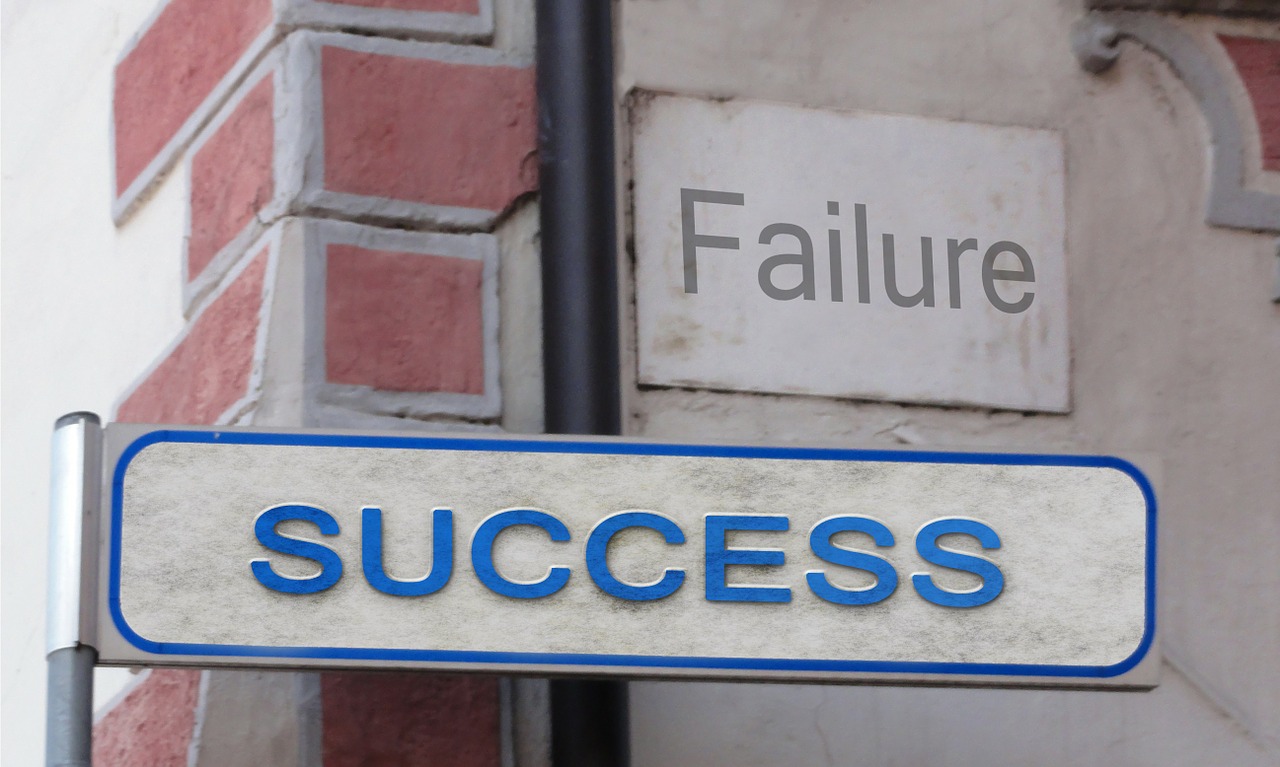
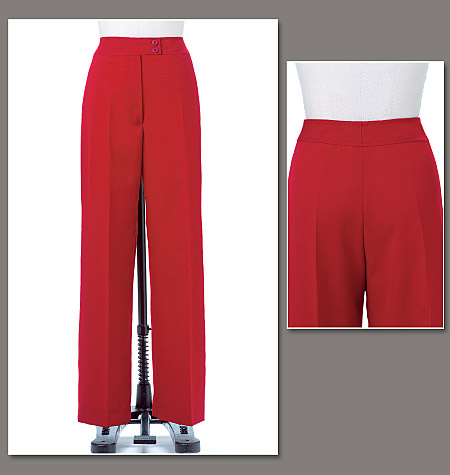
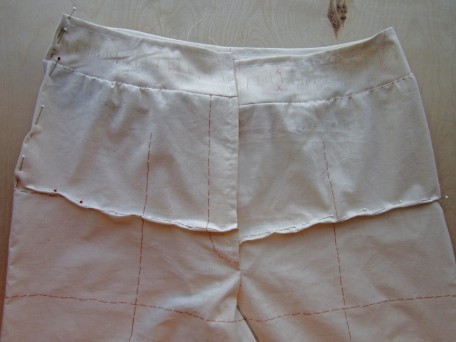

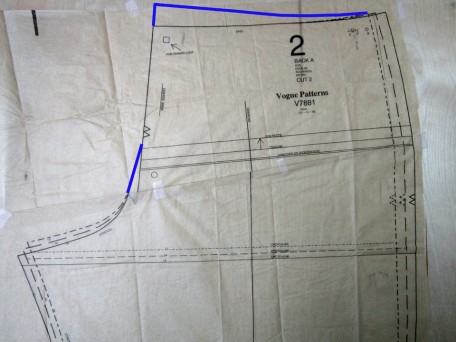
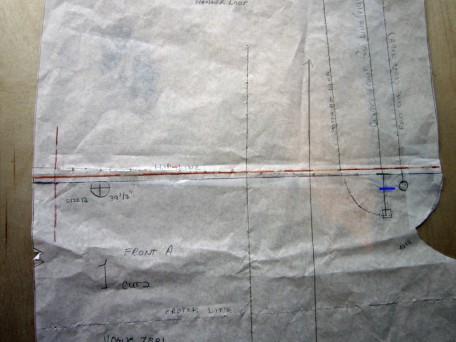
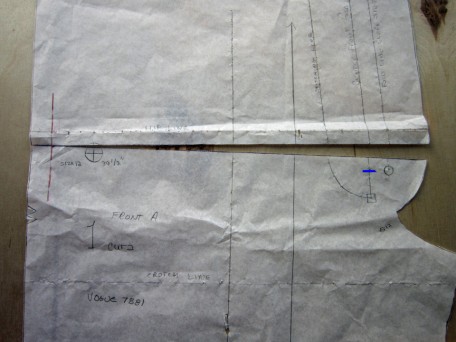
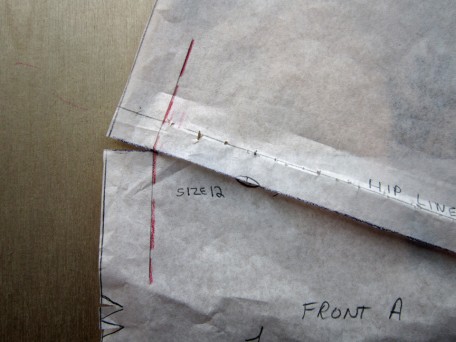
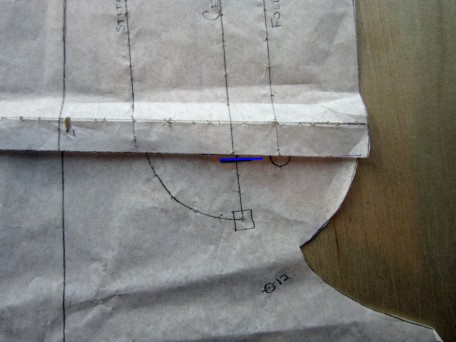
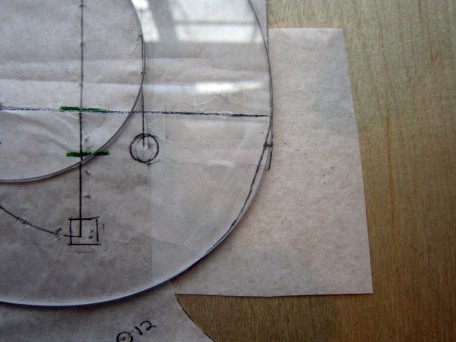
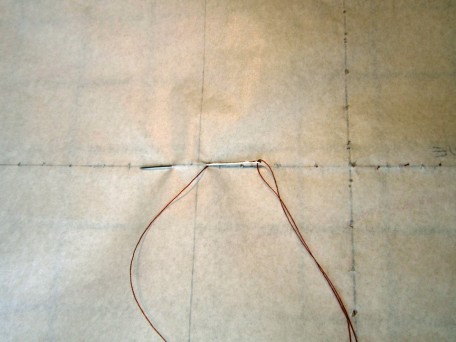
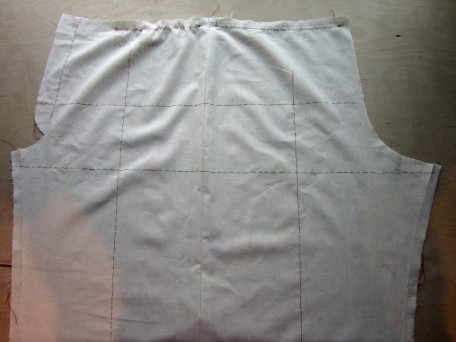
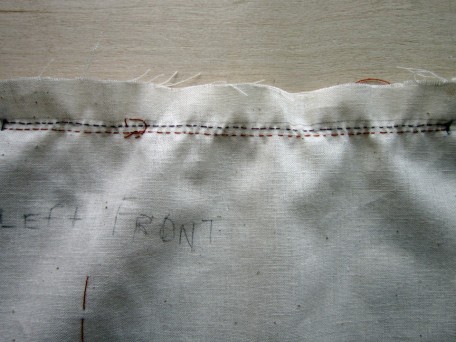
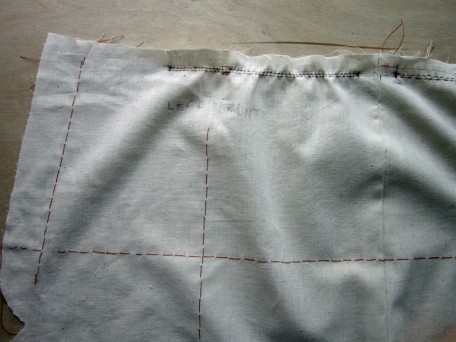

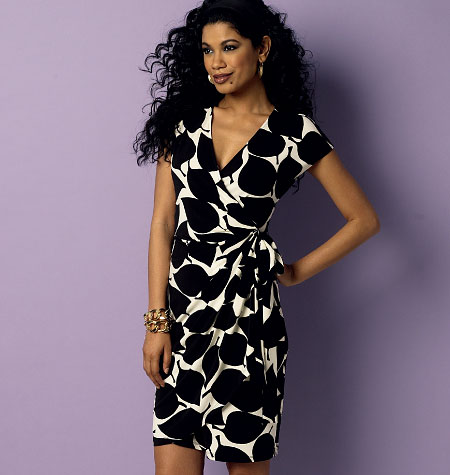

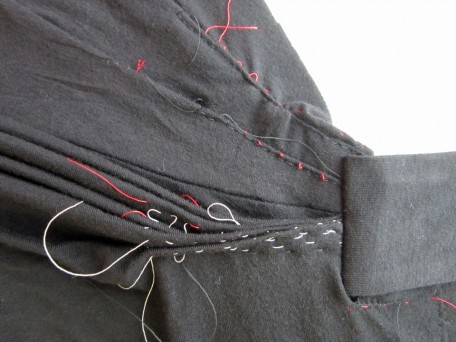
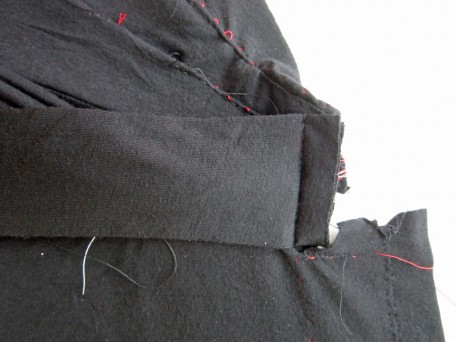
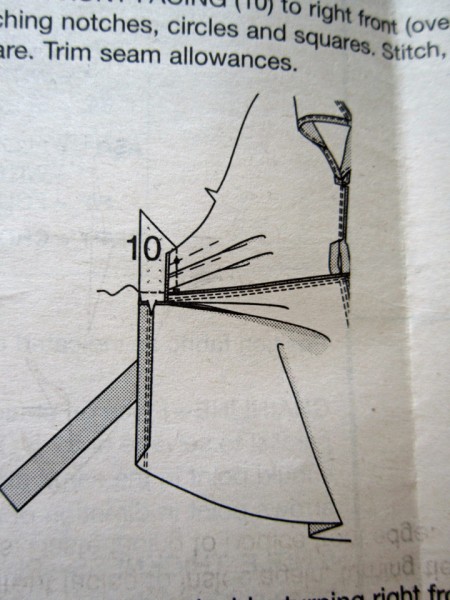
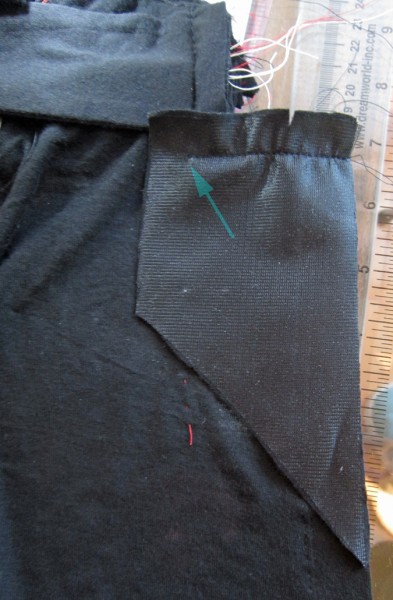
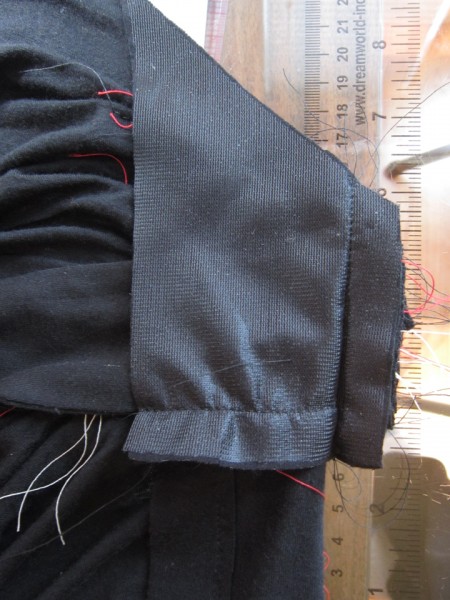
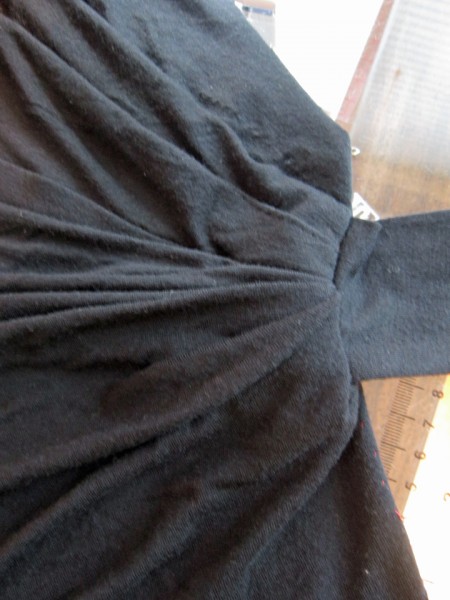
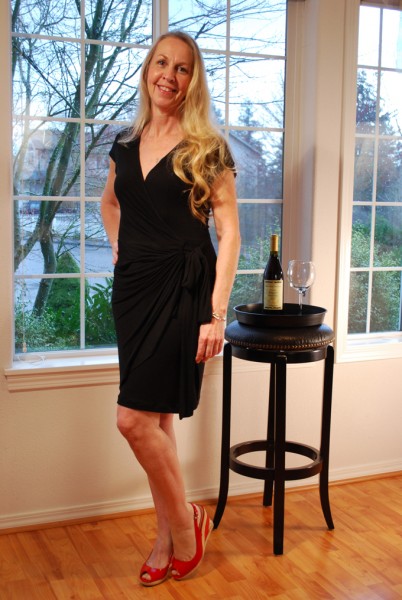
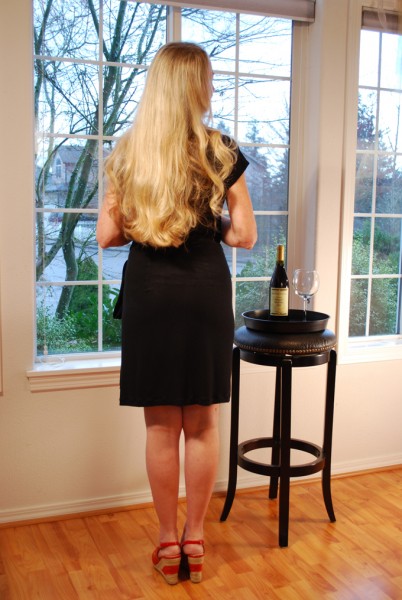

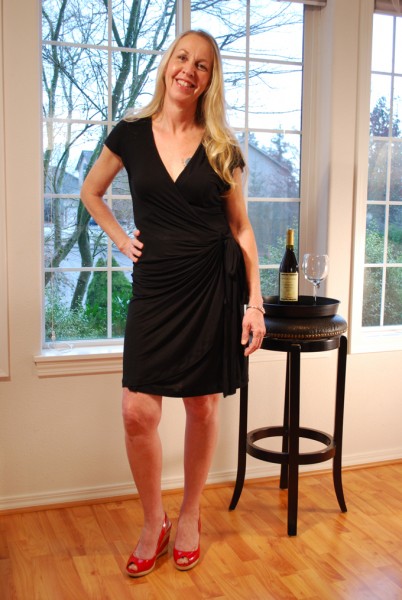
 Portland, Oregon,
Portland, Oregon, 